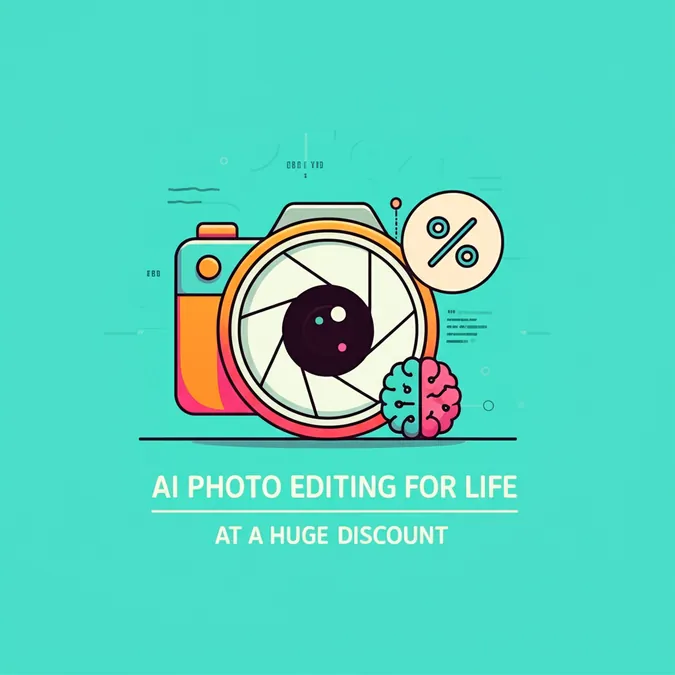AI Deepfakes and The Fight For Your Likeness
The question of who owns your digital image has never been more urgent. With artificial intelligence, your likeness can be replicated and manipulated in ways we're only beginning to understand, leading to a critical global debate.
The Rise of AI Deepfakes and Personal Risk
The term "deepfake" has entered our common vocabulary, but for victims like Hannah Grundy, the experience is a deeply personal violation. AI technology can be used to create realistic but entirely fabricated videos and images of people, often without their knowledge or consent. This raises a fundamental question for our online society: who truly owns your image once it's been uploaded to the internet?
A Global Tug of War: Regulation vs. Innovation
Countries around the world are struggling to find an answer. In Denmark, lawmakers have taken a decisive step by updating copyright laws to give individuals a protected right to their own likeness. This move aims to empower people to fight back against digital appropriation.
Meanwhile, other nations are more cautious. Australia's Productivity Commission, for example, is warning against new laws that might hinder AI development. They argue that the technology holds the potential to boost the economy by billions, suggesting that overly restrictive regulations could stifle crucial innovation.
Expert Perspectives on the AI Challenge
Navigating this complex issue requires input from all sides. To understand the stakes, we turn to key experts:
- Hannah Grundy, an AI deepfake victim, who shares the human cost of this technology.
- Professor Simon Lucey, Director of the Australian Institute for Machine Learning, who provides insight into the capabilities and future of AI.
Their perspectives highlight the core conflict: how do we balance protecting individuals with fostering technological and economic progress? The search for a solution is one of the most important challenges we face in the AI era.


